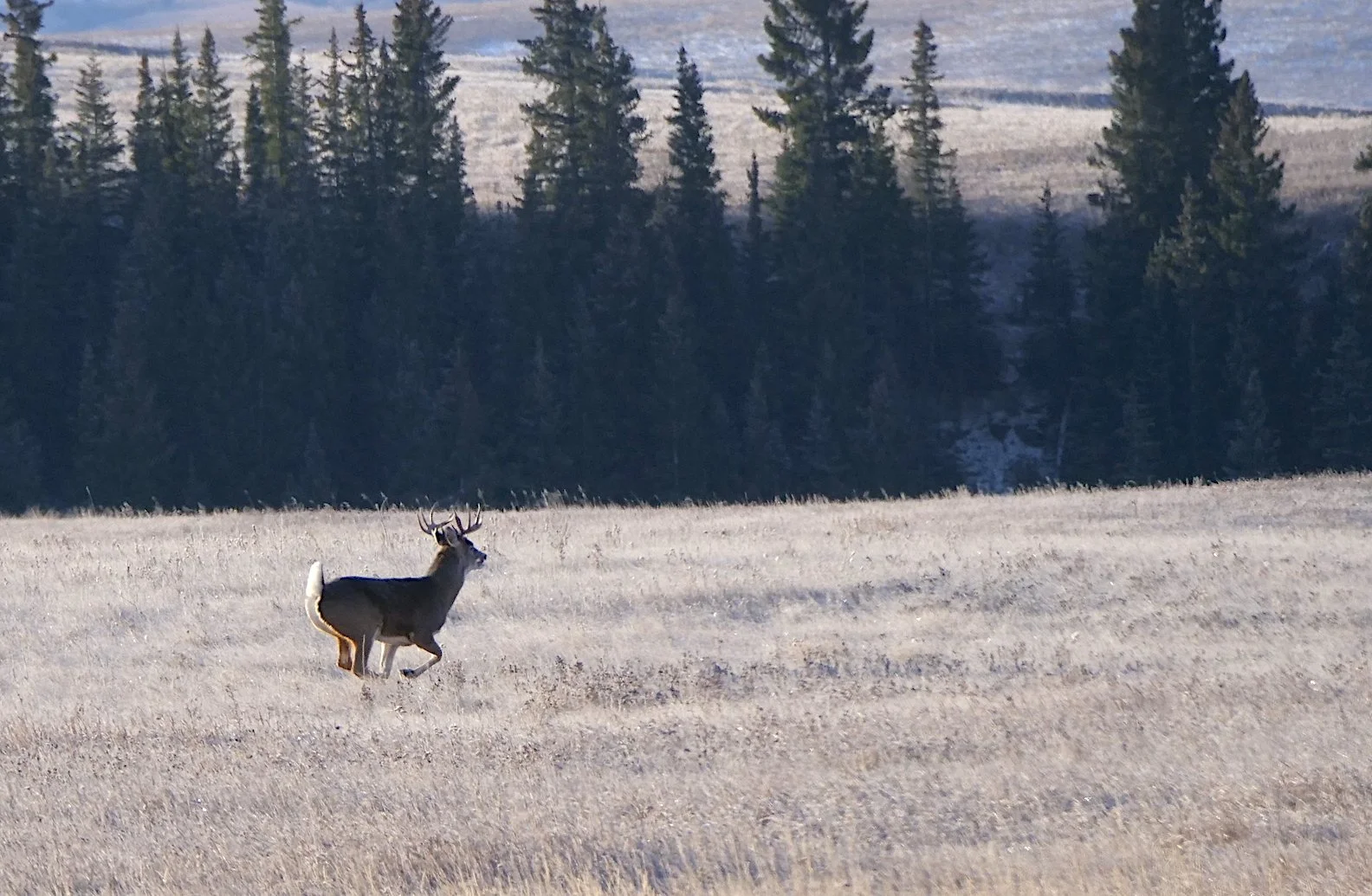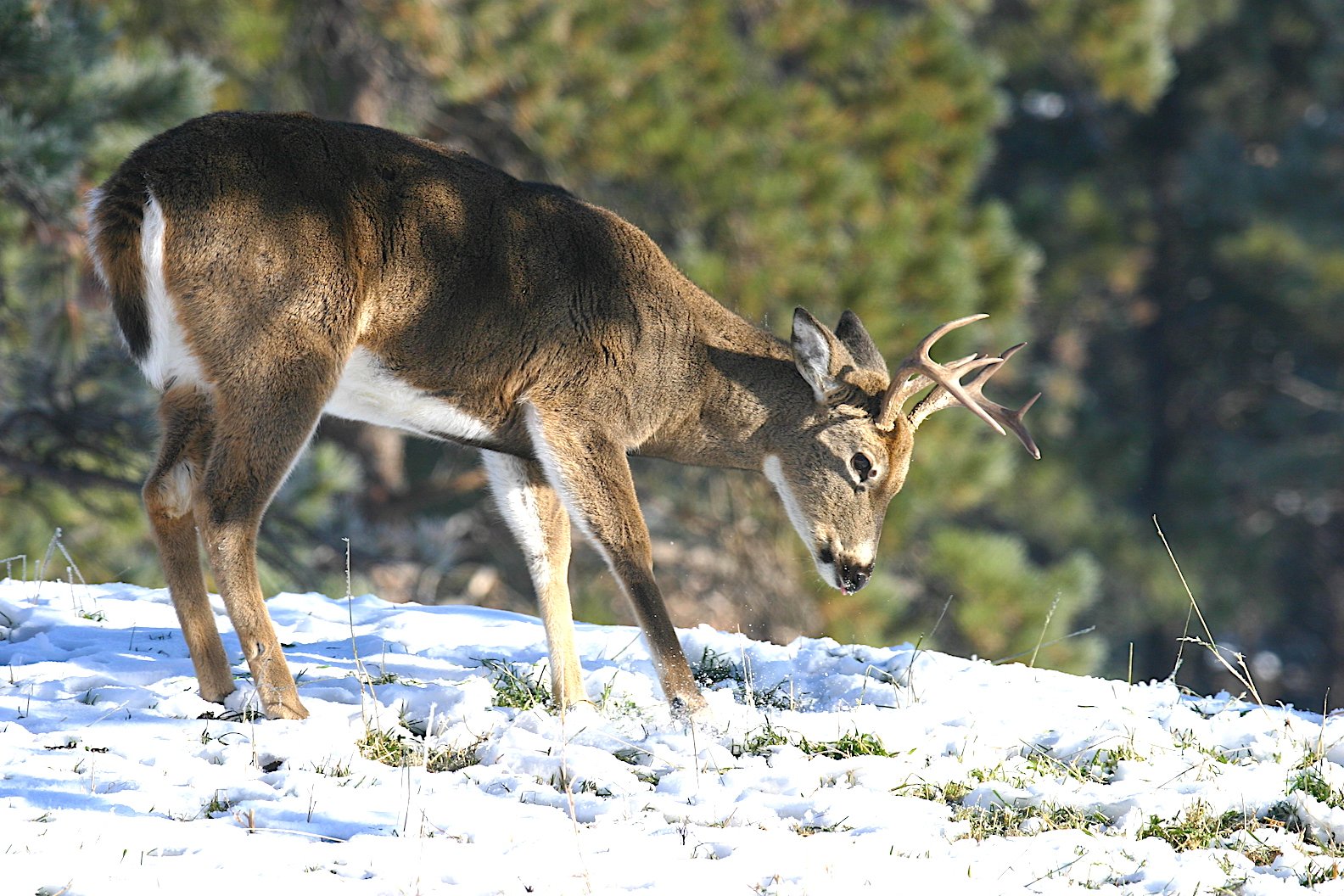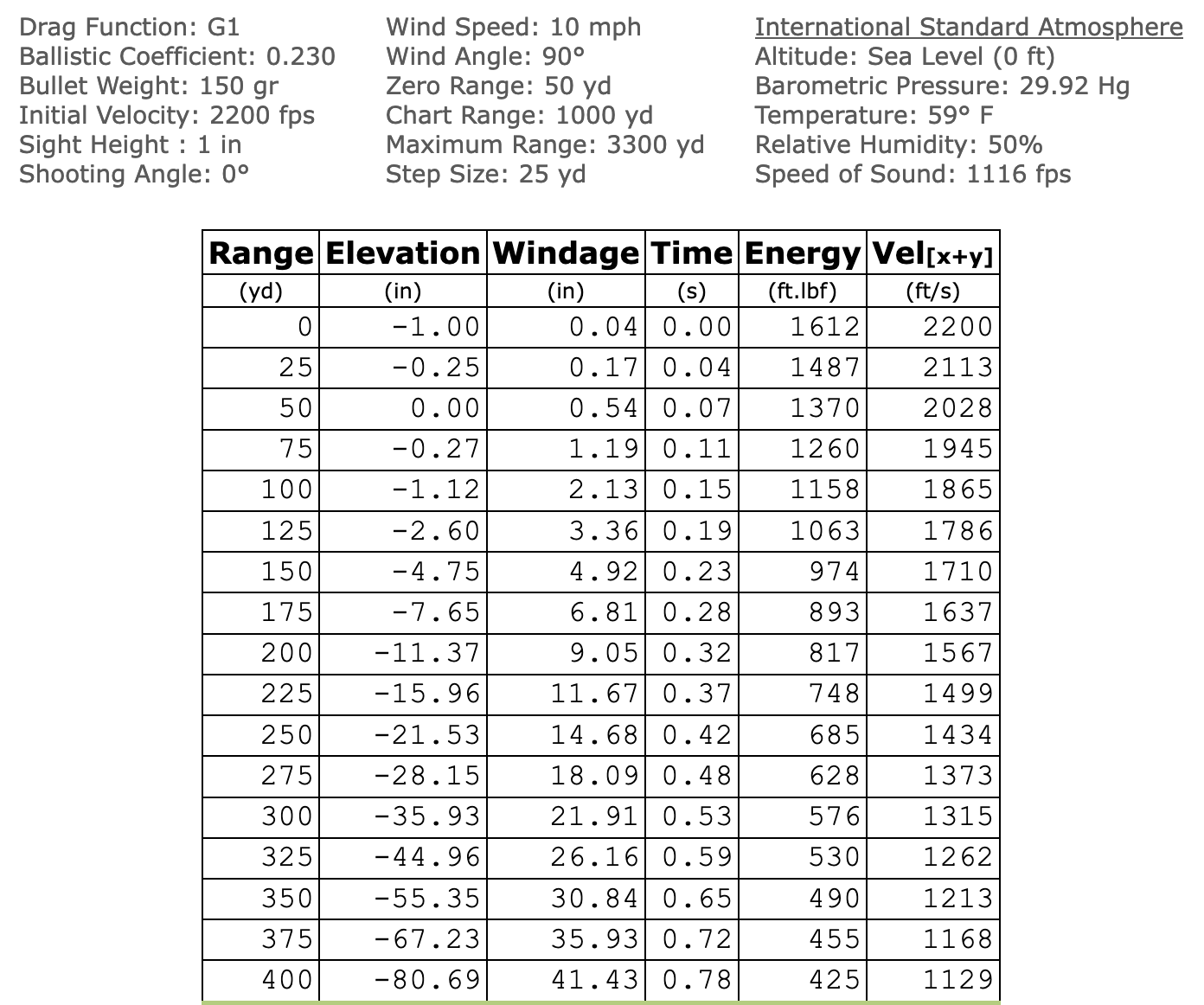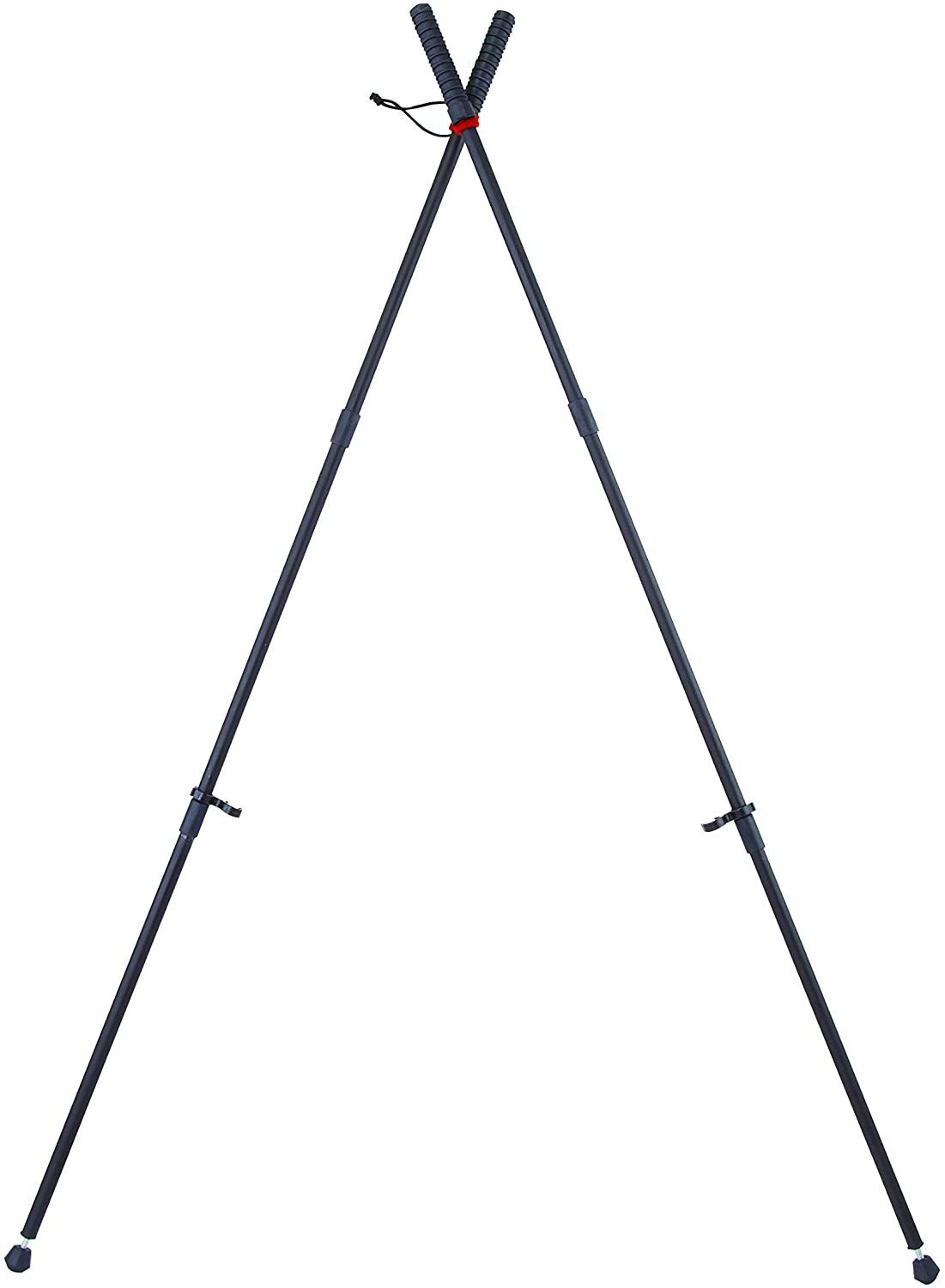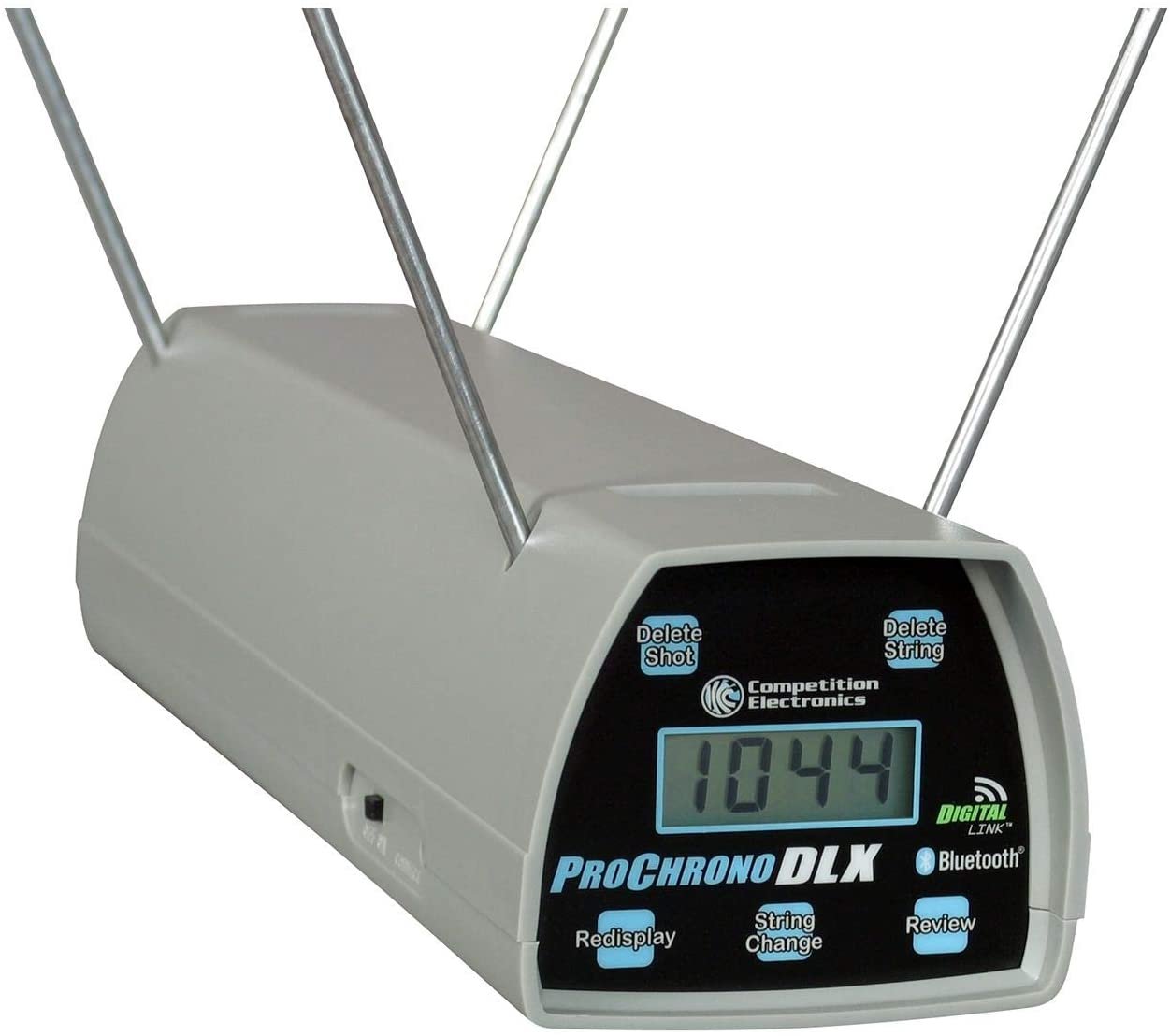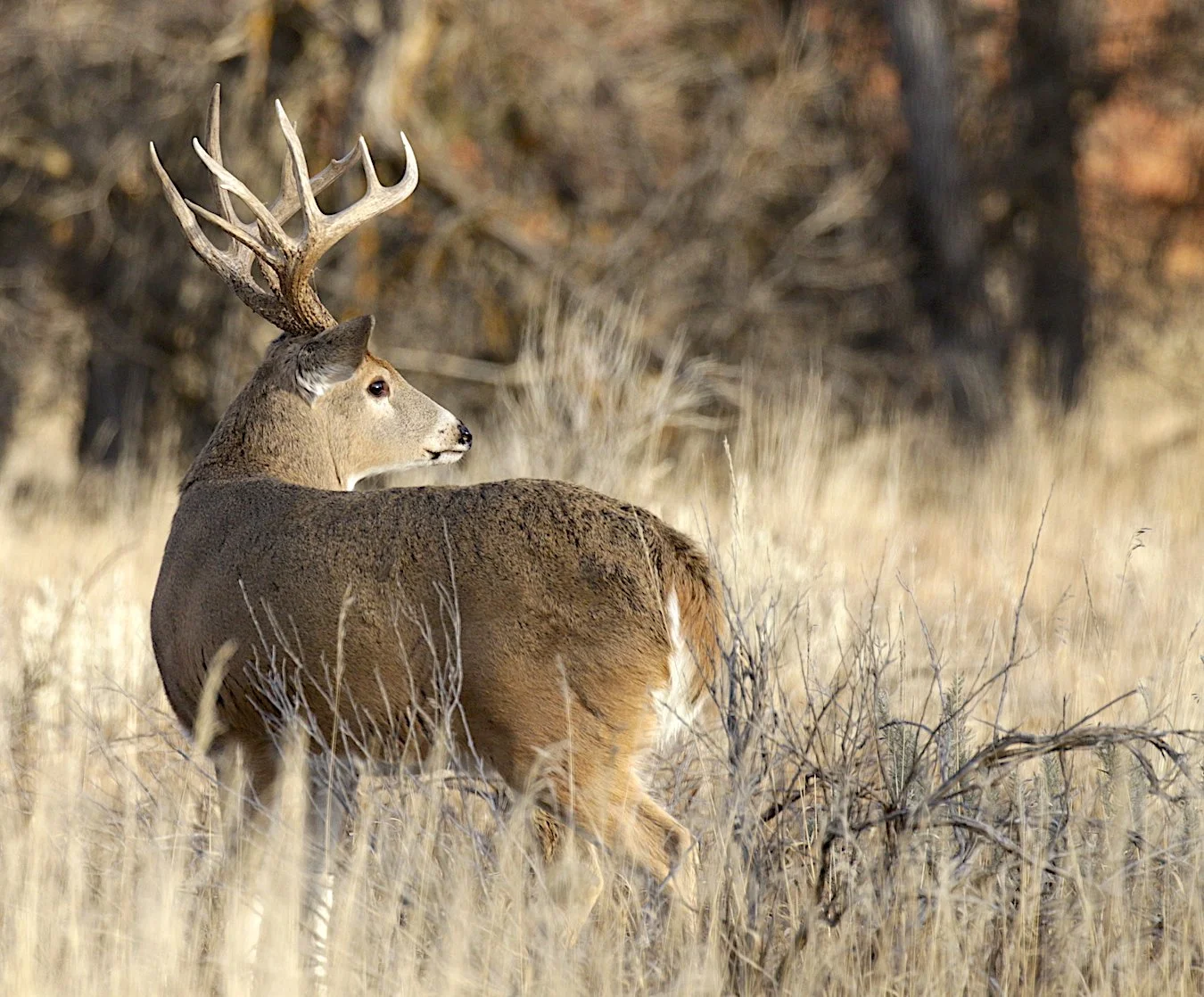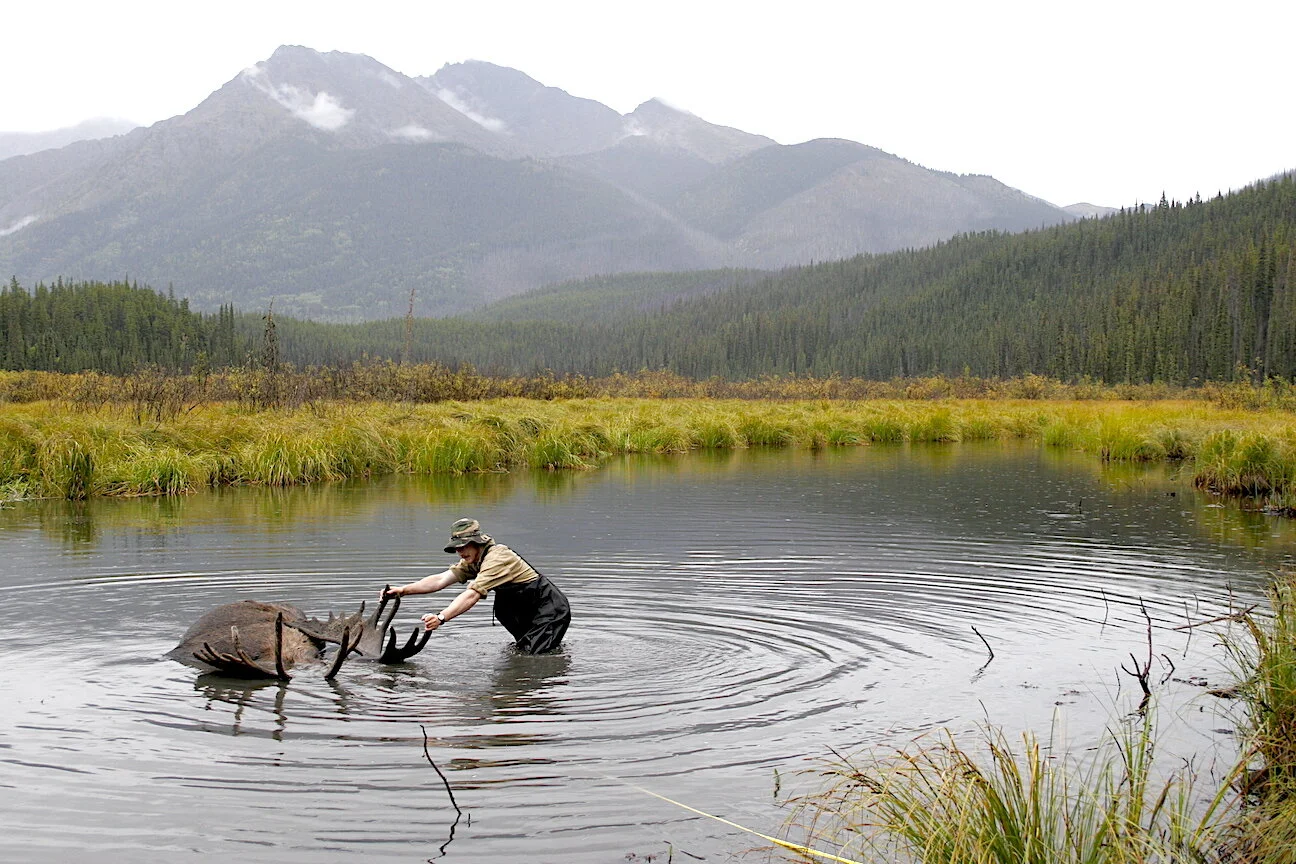Best 30-30 Zero Range for Deer Hunting
by Ron Spomer
The best 30-30 zero range for deer hunting is 160-yards. Unless…
Yes, there is an “unless” in this proposition. The 160-yard zero is a versatile, sensible option for 30-30 lever-action rifles using iron (open) sights because it stretches the point blank range of the bullet to the maximum distance at which most users shoot at deer. There’s no need to guess hold under or hold over at any deer standing within 200 yards.
Quick! Is that buck at 150 yards or 200 yards?
If you think you might need to thread a bullet through a one-inch gap in the brush, you might want to zero closer. If you know your eyes are so good and your aim so steady that you can hit reliably at 400 yards, you might want to zero a bit farther than 160 yards. But I don’t advise it for a couple of darn good reasons. We’ll address those in a bit.
Let’s check some trajectory curves and see if this makes sense.
First, the “load” we’ll be shooting. I’m going to choose an average, middle-of-the-pack 150-grain round nose, specifically the Nosler/Winchester Ballistic Silvertip. It has a B.C. rating of .232, but we’ll round it down to .230. Other 150-grain bullets in 30-30 might run B.C. .186 to .255, so our .230 B.C. choice is right in the middle. The differences won’t amount to much inside 200 yards anyway.
Most 150-grain 30-30 bullets will carry B.C. ratings around .230. One exception is the sharp, rubber tipped Hornady FTX on right.
We could also work with a 170-grain slug, but that would cost us muzzle velocity with minimum gain in punch and a bit more recoil than many shooters like. The main benefit of the 170-grain is additional penetration potential due to its higher Sectional Density and mass. But I’ve never found 150-grain bullets to penetrate poorly on deer or pronghorns, so I enjoy their flatter trajectory and slightly lighter recoil.
30-30 Recoil in 7-pound Rifles
150-grain at 2,200 fps = 10.88 f-p recoil at 10 fps recoil velocity
170-grain at 2,100 fps = 12.11 f-p recoil at 10.88 fps recoil velocity
A Flexible Alternative From Hornady
Yet another alternative is Hornady’s 160-grain FTX or flex tip with its sharp rubber tip and impressively high B.C. of .330. This one splits the weight difference between the traditional 150- and 170-grain 30-30 bullets while improving ballistic efficiency. Since more 30-30 ammo is sold with flat-nose or round-nose bullets, we’ll stick with our 150-grain round nose for these examples.
In the trajectory tables that follow we see the advantages of the 160-yard zero. Peak trajectory at about 100 yards is just 2.5 inches above point-of-aim while 50-yard trajectory hits just 1.83 high and 75-yard trajectory 2.5 inches high.
30-30 Winchester, 150-gr. RN, 160-yard Zero
While these numbers might alarm some hunters, we respectfully ask them to consider the vital zone diameter of an average whitetail. Chest depth is roughly 14 to 18 inches depending on subspecies, sex, and age. Of that thoracic space, roughly 10 inches are vital tissue: heart and lungs topped by about an inch or two of vertebrae that if hit or nearly hit drop a deer in its tracks. Given this vital target size, aiming dead center or halfway up from the brisket or down from the withers should keep all shots inside this vital zone from the muzzle to about 200 yards where the 150-grain should fall 4 inches below aiming point. Heart shot.
Not to beat a dead horse, but aim center of a 5-inch circle, strike 2.5 inches high, and your bullet should strike 7.5 inches up. This leaves 2.5 inches of vital lung tissue remaining above that strike. So, even if you pull your shot an inch or two high, you still strike gold.
Even a small whitetail sports a chest vital zone of at least 10 inches.
By the same token, if you misjudge the distance to your deer, thinking it’s 125-yards or so when it’s really 195 yards, your cead center hold on that 10-inch diameter vital zone will result in your bullet landing in the bottom fringe of the vital tissues, i.e. lower lungs or heart.
The point of all these numbers is this: you don’t have to hit within a fraction of an inch of your aiming point to get an animal presenting a 10-inch vital zone. So why zero dead-on at 100 yards if this results in 9 inches of bullet drop at 200 yards? Or even 6 inches of drop at 155 yards? Guess distance wrong by 40 yards or so and you miss with the 100-yard zero. Study the 100-yard Zero tables and you’ll see this.
30-30 Winchester, 150-gr. RN, 100-Yard Zero
These ballistic realities really cast a shadow on a 50-yard zero. While this close-range zero keeps all bullets within an inch of aim out to 100 yards, by 150 yards its putting them nearly 5 inches low. And at 200 yards the 11 inches of drop are guaranteeing a miss unless you hold on or slightly over the deer’s backline. And if you do that without having measured the range precisely, you could shoot over. Risky. A laser rangefinder would eliminate this concern, but using one takes time. And in the whitetail woods you often don’t have time to do much more than aim and fire. The 160-yard zero accommodates that.
30-30 Winchester, 150-gr. RN, 50-Yard Zero
Given the versatility of “dead on aiming” with a 160-yard zero surely inspires some shooters to go even farther with a 200-yard zero. Bad idea, as a quick perusal of the 200-Yard Zero table reveals. While the 200-yard zero does carry bullets to about 235 yards before they fall 4 inches from point-of-aim, it also puts 4.5 inches high at 100 yards to 125 yards. One can argue that more whitetails are engaged within the 50- to 150-yard distances and the 150- to 230-yard ranges.
30-30 Winchester, 150-gr. RN, 200-Yard Zero
One can argue that a hunter familiar with trajectory using a 200-yard zero can just hold low on the chest when ranges are estimated to be 50 to 125 yards or so. True. And this does work for some hunters. But it interjects a bit of uncertainty when one doubts his or her range estimation. Doubt isn’t an issue on a known range, say a familiar stand overlooking the same field or cutline where one absolutely knows distances to all points. (I’ve seen stands in which were posted crude maps showing distances to landmarks such as a big rock, fence post, bush, treeline, etc.) But anyone hunting varied terrain and new locations will face the range estimation issue. Seems to me knowing a center hold hits pay dirt to 200 yards covers more situations.
If you’re thinking a 200-yard or even farther zero would help with longer shots, say 300 to 400 yards, I ask you to look hard at those trajectory tables, especially the remaining Energy column. It’s often said that an impact energy of 1,000 foot-pounds is minimal for an effective deer bullet. I don’t think it’s that cut and dried, but the 576 f-p remaining in the 150-grain RN at 300 yards should raise some eyebrows. and at 400 yards that bullet is struggling along with just 424 f-p. Still capable of killing, but hardly inspirational. If that isn’t enough to dissuade you from contemplating a 30-30 shot at 300 yards or farther, check out both the drops and wind deflections. Even with a 200-yard zero, at 300 yards you need to compensate for 19 inches of drop. That’s a full chest span of a deer. At 40 yards there’s a 58 inch drop. That’s almost 5 feet! Ten mph right angle wind deflections of 22- and 42 inches are a lot to overcome, too. No, if you wish to entertain 250-yards and longer shots at deer, you should invest in a faster, more modern bottlenecked cartridge.
Target Obscurity and 30-30 Zero Range
Another situation arguing against both 50-yard and 200-yard zeros is target obscurity. Often whitetails are partly obscured by tall grass or low brush. When you can clearly see the brisket, it’s hard to select the target center. If the lower 1/3 of the chest is obscured and you aim for the middle of the remaining 2/3rds you see, your shot will go higher. A lot higher with a 200-yard zero on a 100-yard shot.
Admittedly similar arguments can be promulgated against the 160-yard zero. A 2.5-inch high hit could be too much with half the target covered by brush. This and other fine points are worth your consideration. Ideally each hunter should weight these when choosing a zero distance. Anyone hunting where no shot beyond 100 yards is ever possible would be better off zeroing for that distance, as the included ballistic table shows.
In conclusion, consider how and where you hunt before setting your 30-30 zero range for deer hunting. My 160-yard zero might not be ideal for you, but do consider 150-yard, 125-yard, etc. options. Just select one with a peak trajectory you feel comfortable with and that will extend your doubt-free maximum point blank range for quick and deadly shooting. Happy hunting!


